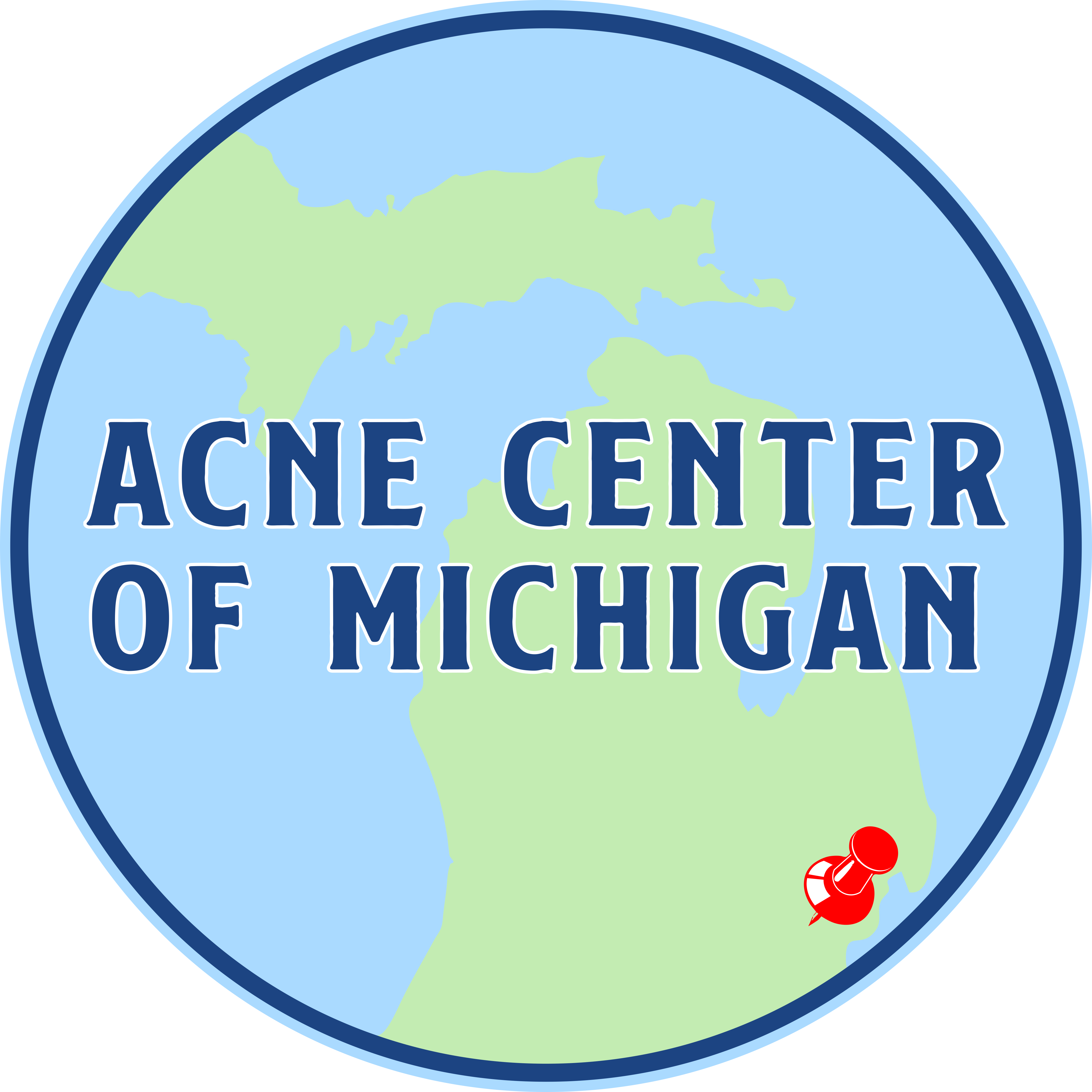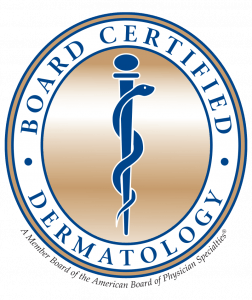

What are Oral Antibiotics?
Oral antibiotics are medications taken by mouth that kill acne causing bacteria (C. Acnes) inside the oil glands of the pores. They also work by reducing the inflammation in the skin, thereby lessening inflammatory lesions (e.g., pustules, pimples, zits, and deeper cysts).
Oral antibiotics are usually prescribed continuously for 3 to 4 months until inflammatory acne is improved. During that time, the topical acne regimen is optimized and then the oral antibiotic is discontinued. Studies show that if patients do well on oral antibiotics AND have an optimal topical skin care regimen, then about two thirds of the time, patients will do well even after stopping the antibiotic. – This is only if the patient remains on the optimal topical regimen. Because skin bacteria can develop resistance against any antibiotic, topical benzoyl peroxide is often prescribed simultaneously to minimize this occurrence.


About Oral Antibiotics
Seysara
In 2018, Sarecycline (Seysara) became the first antibiotic FDA approved specifically for the treatment of acne. Seysara is unique in that it kills the bacteria on the face that promote acne, but it spares the bacteria in the gut (i.e intestines). Therefore, it makes sense that Seysara does not have increased risk for yeast infections or diarrhea, as other antibiotics do. It is very well tolerated, dosed once daily based on weight, and may be taken with or without food. It is wise however to avoid consuming dairy simultaneously as this may affect the absorption. Seysara also has the advantage of not producing significant increased sensitivity in sunlight. Seysara is a brand and does not have a generic alternative and is sometimes costs more to obtain through prescription.
Doxycycline
Doxycycline is a commonly prescribed oral antibiotic. It is well-tolerated though it may cause some abdominal pain which is minimized by coadministration with meals. Doxycycline often makes a person prone to sunburn, so sunscreen is essential. It should always be taken with a large glass of water. Also, one should avoid dairy simultaneously as this may reduce the absorption of the antibiotic.
Minocycline
Minocycline is also frequently used to control inflammatory acne and is easy on the stomach. We find that minocycline sometimes works very well in patients whom Seysara does not work adequately. However, it has more potential serious side effects including serum sickness like reaction and lupus like reaction, and sometimes more serious drug reactions. – Fortunately, these side effects are rare. We typically use extended-release preparations which minimize many of the common side effects.
Cefadroxil/amoxicillin
Cefadroxil/amoxicillin are penicillin derived antibiotics which may be used in lieu of the above antibiotics and are reasonably well tolerated. Potential bacterial resistance is a concern.
Bactrim
Bactrim – this is a sulfa-based antibiotic with higher risks of drug reactions such as hives. In rare circumstances, very serious drug reactions that produce blistering of the skin, eyelids and mouth may occur (Stevens Johnson syndrome). Bactrim is sometimes used as a ‘last resort’ antibiotic before isotretinoin. In addition, it is sometimes co-administered at the initiation of isotretinoin to prevent pseudo-acne fulminans reactions.
Taking a probiotic while taking oral antibiotics may be useful to replenish normal gut bacteria. And there are data to suggest that probiotics may help reduce acne as well.








